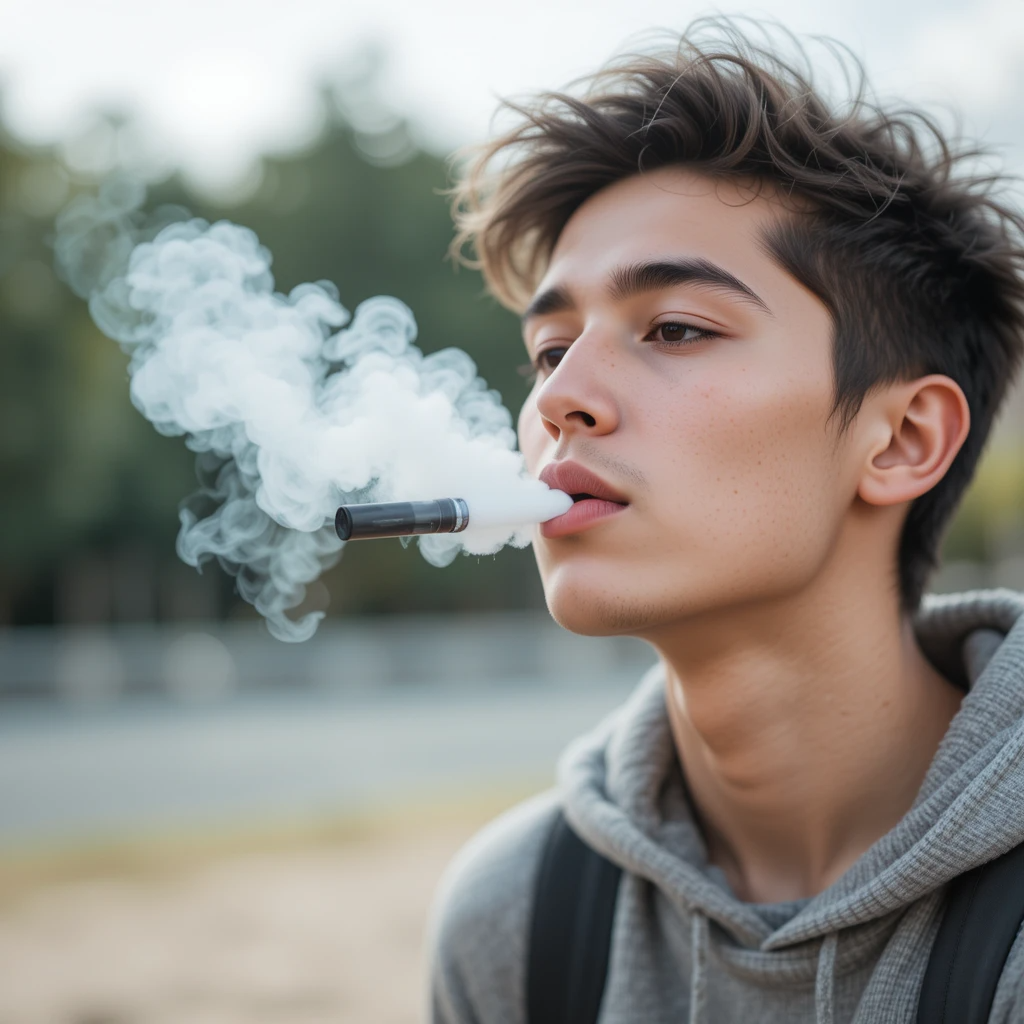Vape Use Among Teenagers Shows Sharp Increase
Teenagers shows a significant rise in vaping habits over the last year, based on recent public health data and school reports. This increase closely follows the growing availability of flavored vaping products and the marketing efforts targeting younger audiences. Although legal restrictions exist, many young individuals access these products easily, partly due to inconsistent enforcement. Consequently, health officials warn that this trend could lead to widespread nicotine addiction and respiratory illnesses if not addressed promptly. In addition, the appeal of new vape devices combined with social media exposure further fuels this rapid growth. Therefore, immediate and coordinated responses from policymakers and educators become crucial to limit the potential long-term damage.
Teenagers Shows Emerging Patterns in Vaping Behavior
Research reveals several key factors behind this surge. Flavored e-liquids remain highly attractive to youth, with fruit, candy, and mint varieties leading in popularity. The following points summarize the main contributors:
First, aggressive marketing campaigns highlight trendy designs and flavors.
Moreover, social media platforms promote vaping culture through influencers.
In addition, peer pressure encourages experimentation and regular use.
Furthermore, ease of online purchasing bypasses age verification systems.
Finally, schools report increases in vape-related disciplinary cases.
Additionally, the Centers for Disease Control and Prevention (CDC) notes that vaping rates among high school students have increased by nearly 40% within the past year. This jump suggests that casual use often escalates into habitual consumption. As a result, more young people face the risks of nicotine dependence, which complicates efforts to quit. Thus, the trend demands urgent attention from all relevant stakeholders.
Addressing the Sharp Increase: Challenges and Solutions
The sharp increase demands urgent attention from health authorities and legislators. However, several challenges complicate efforts to reverse the trend:
For one, vape technology evolves rapidly, outpacing regulation.
Meanwhile, marketing strategies adapt to evade restrictions.
In addition, public awareness campaigns struggle to resonate with teenagers.
Also, enforcement of sales laws remains uneven across regions.
To tackle these issues effectively, experts recommend a multifaceted approach:
First, stricter regulations on flavored products and advertising.
Second, enhanced age verification for online and in-store sales.
Third, comprehensive education programs in schools about health risks.
Finally, collaboration between parents, educators, and law enforcement.
By implementing these steps, authorities can significantly reduce the appeal and accessibility of vaping among youth. Ultimately, this protects their health and helps curb the trend.
The Future Outlook for Youth Vaping Trends
Given current trajectories, officials worry about the long-term public health implications if this behavior continues unchecked. Therefore, preventative measures must balance strict controls with awareness efforts to discourage initiation. Additionally, monitoring vaping trends in real time will help adjust policies as needed. At the same time, public health systems prepare for potential increases in nicotine-related illnesses among younger populations.
In summary, the rising use of vaping products among adolescents signals a pressing concern. Hence, immediate, coordinated strategies can mitigate risks and promote healthier choices for the next generation.














